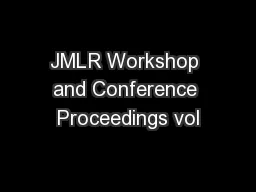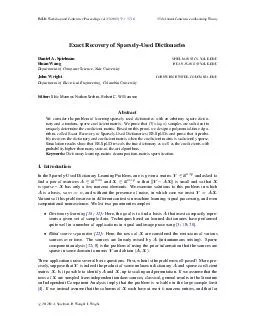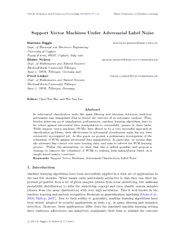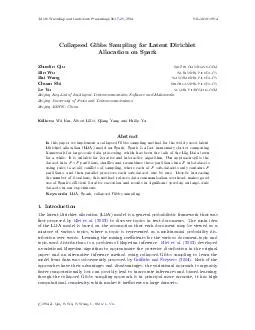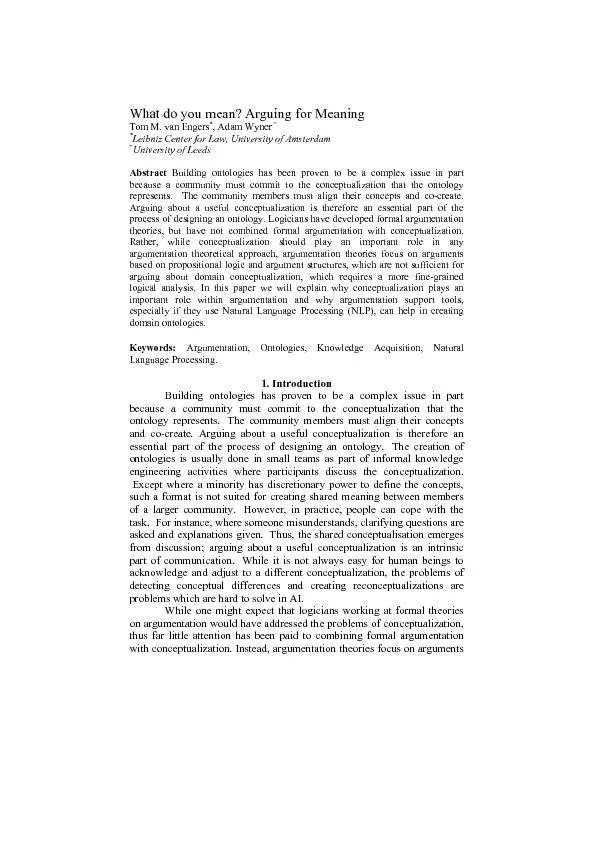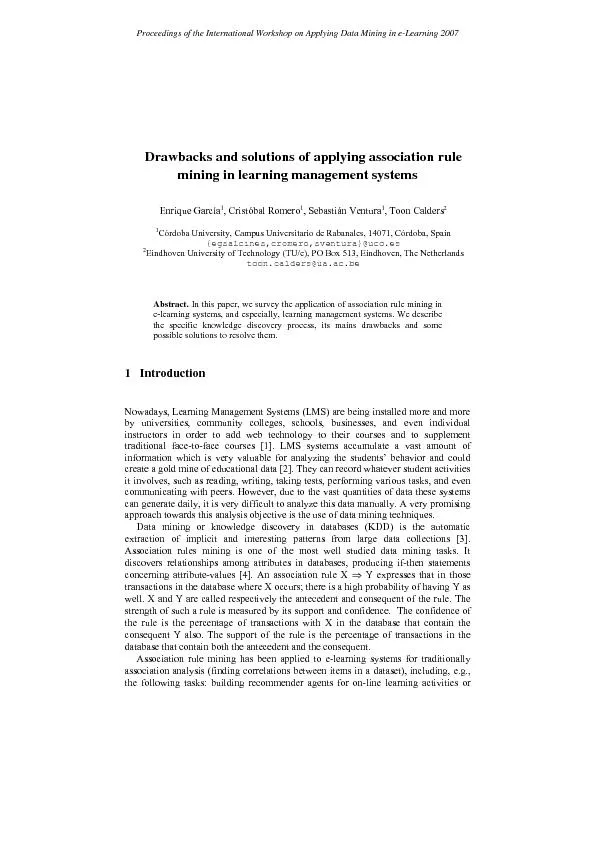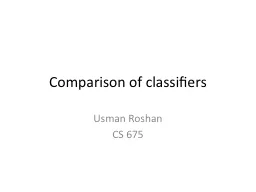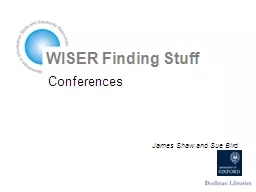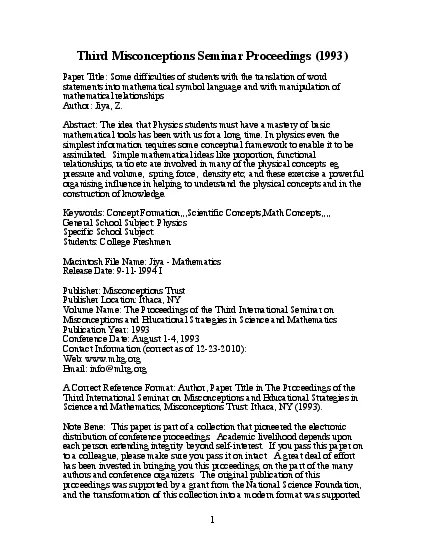PDF-JMLR Workshop and Conference Proceedings vol
Author : olivia-moreira | Published Date : 2015-04-23
1 4223 25th Annual Conference on Learning Theory The Best of Both Worlds Stochastic and Adversarial Bandits ebastien Bubeck SBUBECK PRINCETON EDU Department of Operations
Presentation Embed Code
Download Presentation
Download Presentation The PPT/PDF document "JMLR Workshop and Conference Proceedings..." is the property of its rightful owner. Permission is granted to download and print the materials on this website for personal, non-commercial use only, and to display it on your personal computer provided you do not modify the materials and that you retain all copyright notices contained in the materials. By downloading content from our website, you accept the terms of this agreement.
JMLR Workshop and Conference Proceedings vol: Transcript
Download Rules Of Document
"JMLR Workshop and Conference Proceedings vol"The content belongs to its owner. You may download and print it for personal use, without modification, and keep all copyright notices. By downloading, you agree to these terms.
Related Documents

